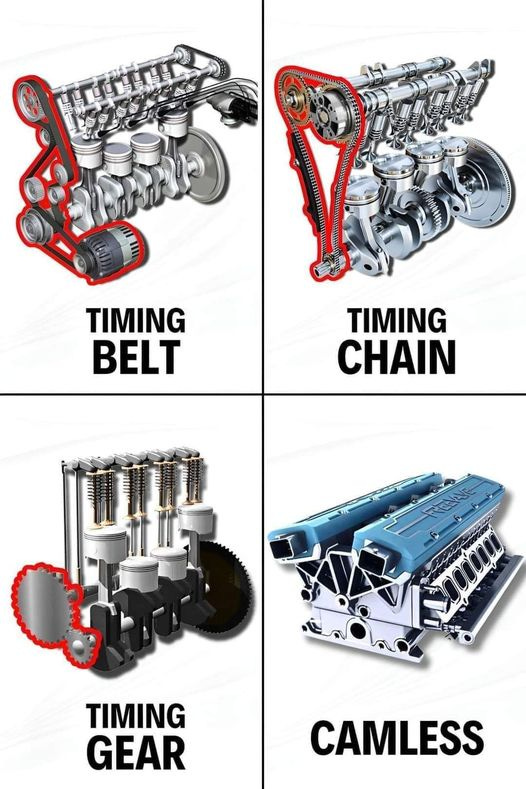Understanding the Different Types of Engine Timing
Exploring the Key Components that Ensure Your Engine Runs Smoothly
Proper engine timing is essential for the efficient operation of an internal combustion engine. Timing mechanisms ensure that the movement of engine components is synchronized, allowing the engine to function seamlessly. Here’s an overview of the different types of engine timing systems:
1. Timing Belt
A timing belt plays a crucial role in synchronizing the crankshaft and camshaft. It ensures that the valves and pistons move in harmony, allowing the engine to function efficiently and avoiding engine damage due to misalignment.
2. Timing Chain
Similar to the timing belt, the timing chain is a metal link chain that maintains synchronization between the camshaft and crankshaft. Known for its durability, the timing chain is vital in preserving engine performance and preventing timing issues.
3. Timing Gear
Timing gears transfer the movement of the crankshaft to the camshaft, precisely controlling the opening and closing of intake and exhaust valves. This ensures optimal valve timing, contributing to smooth engine operation and performance.
4. Camless Engine
A camless engine eliminates the traditional camshaft, replacing it with advanced actuators such as electromagnetic, hydraulic, or pneumatic systems. These modern mechanisms allow for more precise valve timing, improving engine efficiency and adaptability to different driving conditions.
Each type of engine timing system plays a critical role in ensuring the engine operates at peak performance. Whether through belts, chains, gears, or advanced camless systems, the importance of proper timing cannot be overstated


